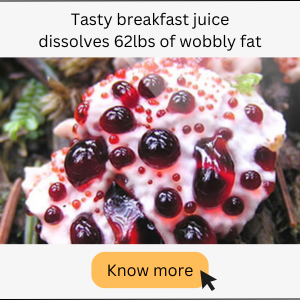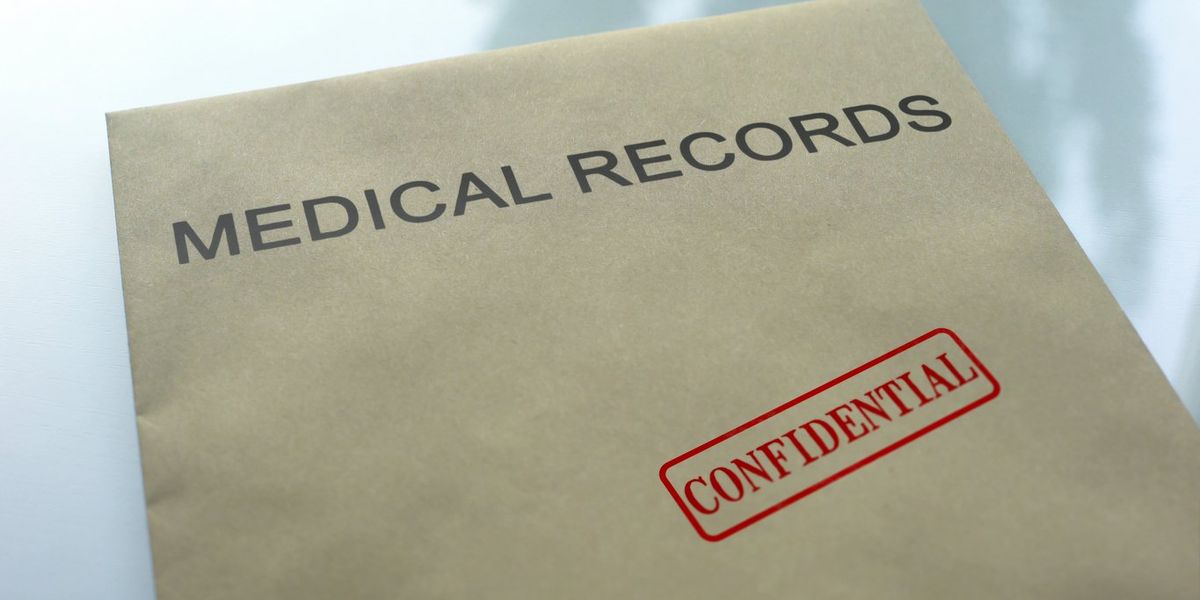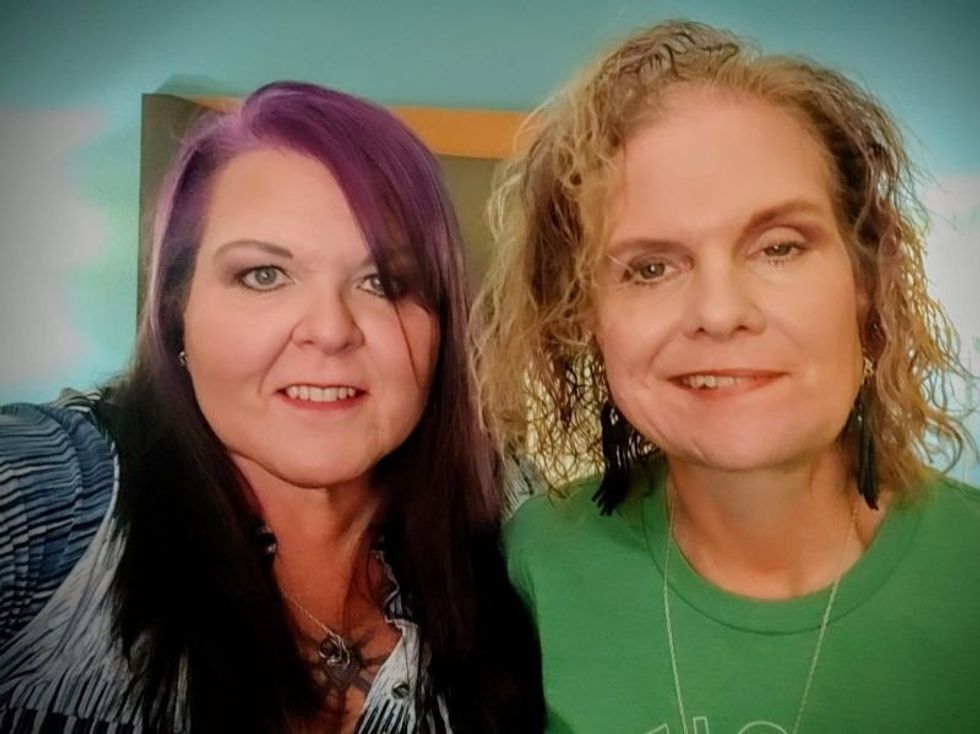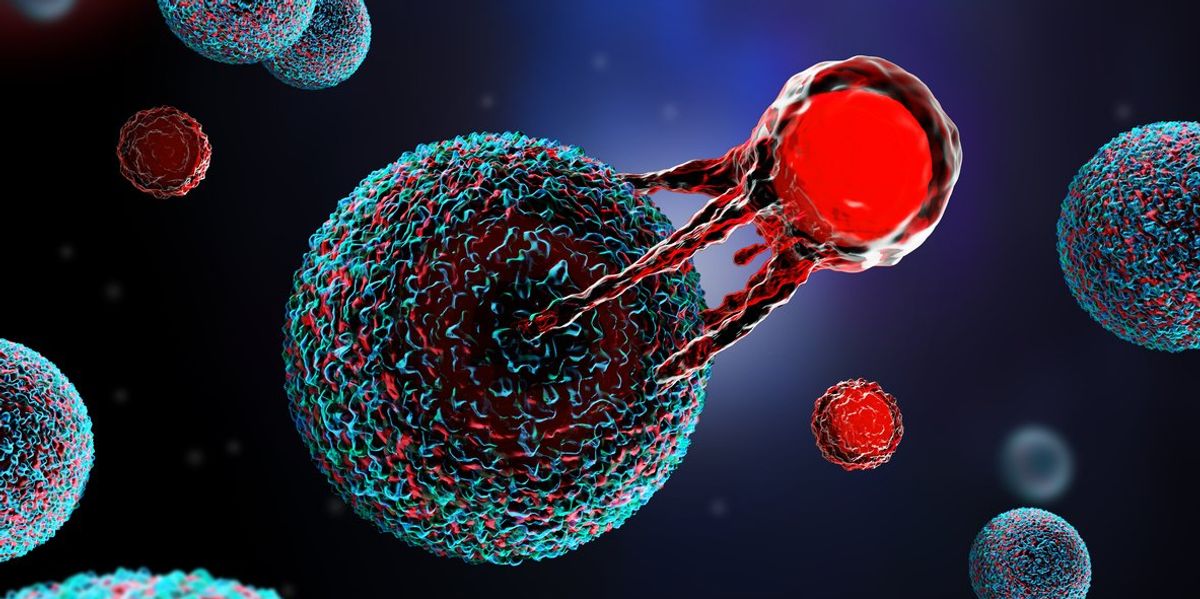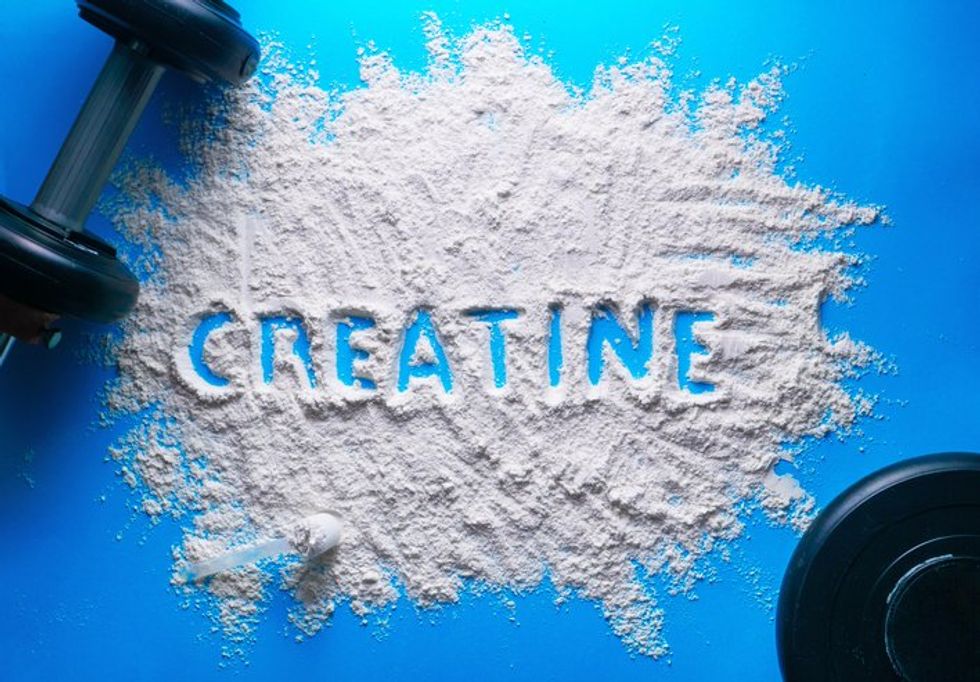How matcha lattes conquered the high street
You may have seen young commuters clutching green drinks on their way to work, or Gen Z colleagues sipping them at the office. It’s not celery juice, but it does have an array of health benefits. And if you haven’t tried it yet, you will soon.
Enter the matcha latte, a combination of powdered green tea and milk, which is threatening coffee’s dominance. Its popularity is such that, at one coffee chain, matcha now accounts for half of its business and there are fears of a shortage.
Ignacio Llado, one of the co-founders of Blank Street Coffee, which has about 45 locations across the UK, said its cafés were busier in the afternoon than in the morning — because of matcha.
“One in every two drinks we sell is a matcha-based drink,” Llado, 29, said. “A ton of people, including myself, are choosing to move from coffee to matcha, or are finding a bit of a mix in between, so coffee is their morning ritual but they’ll have an afternoon matcha.”
Matcha lattes have become the afternoon pick-me-up of choice
ALAMY
For more than 800 years, matcha has been part of Japanese culture. It was initially used by Zen Buddhist monks for meditation and focus. It has a unique earthy flavour and is made from the leaves of the tencha plant, which undergoes a distinct cultivation process contributing to its nutrition profile.
Grown in specific regions of Japan, notably Kyoto and Shizuoka, tencha is kept out of the sunlight for weeks, increasing the amount of L-theanine — an amino acid with antioxidant properties — in its leaves, and chlorophyll, an anti-inflammatory compound responsible for the vibrant green colour.
Being in the shade also slows down the production of catechins, which make the leaves taste bitter. Once harvested, the leaves are steamed, dried and ground into a fine powder.
Matcha has found its way into British cafés only in the last 15 years. The first matcha-style drink — a green tea frappuccino — was sold by Starbucks in 2006. But it was from about 2013 that specialist coffee shops started selling matcha lattes, and big brands such as Pret A Manger introduced the drink in 2019. Matcha production nearly tripled between 2010 and 2023, according to the Japanese agricultural ministry.
Demand has risen so much that there are now predictions that most UK suppliers will not be able to keep up.
Teddie Levenfiche, 28 is co-founder of the London-based matcha brand PerfectTed, which supplies Blank Street as well as other cafés such as Joe and the Juice and Caffè Nero.
Blank Street Coffee in Soho
MIKE KEMP/IN PICTURES VIA GETTY IMAGES
“We’re being reached out to daily by our competitors who have run out of matcha and are trying to source from us,” he said, adding that PerfectTed spent four years ensuring it has a robust supply chain. “There’s a matcha harvest once a year. So if they haven’t got stock now, then they won’t for another 12 months.”
Last summer’s heatwaves in Kyoto, which accounts for a quarter of Japan’s production of tencha, resulted in weak matcha yields in the April to May harvest. Fears about shortages indicate the extent to which the green tea powder has become part of people’s routine.
Levenfiche cited a customer who had recently bought ten of PerfectTed’s matcha powder pouches in a single order, but he warned against panic buying as it would only put pressure on overwhelmed farmers in Japan.
Teddie Levenfiche warns against “panic buying”
VICKI COUCHMAN FOR THE TIMES
“Matcha is being traded like a commodity because it’s viewed as green gold and it’s super-valuable. But there’s a massive impact on farming communities that are growing the product,” he said. “You have foreign [suppliers] that are literally turning up on farmers’ doorsteps and demanding that they give them matcha quite aggressively.”
Matcha contains caffeine, but the way it is absorbed results in a slower, more sustained energy release. A standard cup of coffee contains 80-100mg of caffeine, while matcha has roughly 70mg a serving. “Consumers aren’t necessarily going for the taste. They’re drinking it because they know how good it is for them,” Levenfiche said.
Matcha still has some way to go before surpassing the popularity of coffee and black tea. The UK matcha market generated revenue of £38.7 million last year and sales are projected to reach £77.5 million by 2030, according to Grand View Research, a consultancy firm.
The tea market was estimated to be worth £874 million in 2023, with sales expected to reach £884 million in 2028, according to the market research agency Mintel. The café and coffee shop industry was valued at £10.1 billion last year and is forecast to pass £12.8 billion in 2029.
Caffè Nero’s vanilla iced matcha has been a big hit
PerfectTed’s matcha powders are stocked at Sainsbury’s, Marks and Spencer, Waitrose, Morrisons Tesco, Ocado, WHSmith and Holland and Barrett. Discount stores are also cashing in on the trend: Aldi has launched its own brand of matcha sachets in an original and a strawberry flavour for £1.49.
Oatly, one of the largest oat drink companies in the world, has just released a one-litre matcha latte carton.
At Caffè Nero, the biggest independent coffee retailer in the UK, 514,000 of its new iced matcha drinks in vanilla and strawberry flavours were sold between March 1 and May 31.
Dua Lipa is one of many celebrity fans
Matcha’s popularity among celebrities has certainly boosted its appeal. Dua Lipa and Serena Williams drink it, and the American popstar and Gen Z favourite Sabrina Carpenter enjoys Blank Street’s matcha.
Levenfiche is not surprised that matcha has gone mainstream. “Even seven years ago, it was really just LA influencer types drinking matcha. Today, you walk down a UK high street and the stereotype no longer exists. Every demographic is tapping into it.”
Before matcha was famous
The perils of popularity
Still a rising star
Source link
Share this article:







